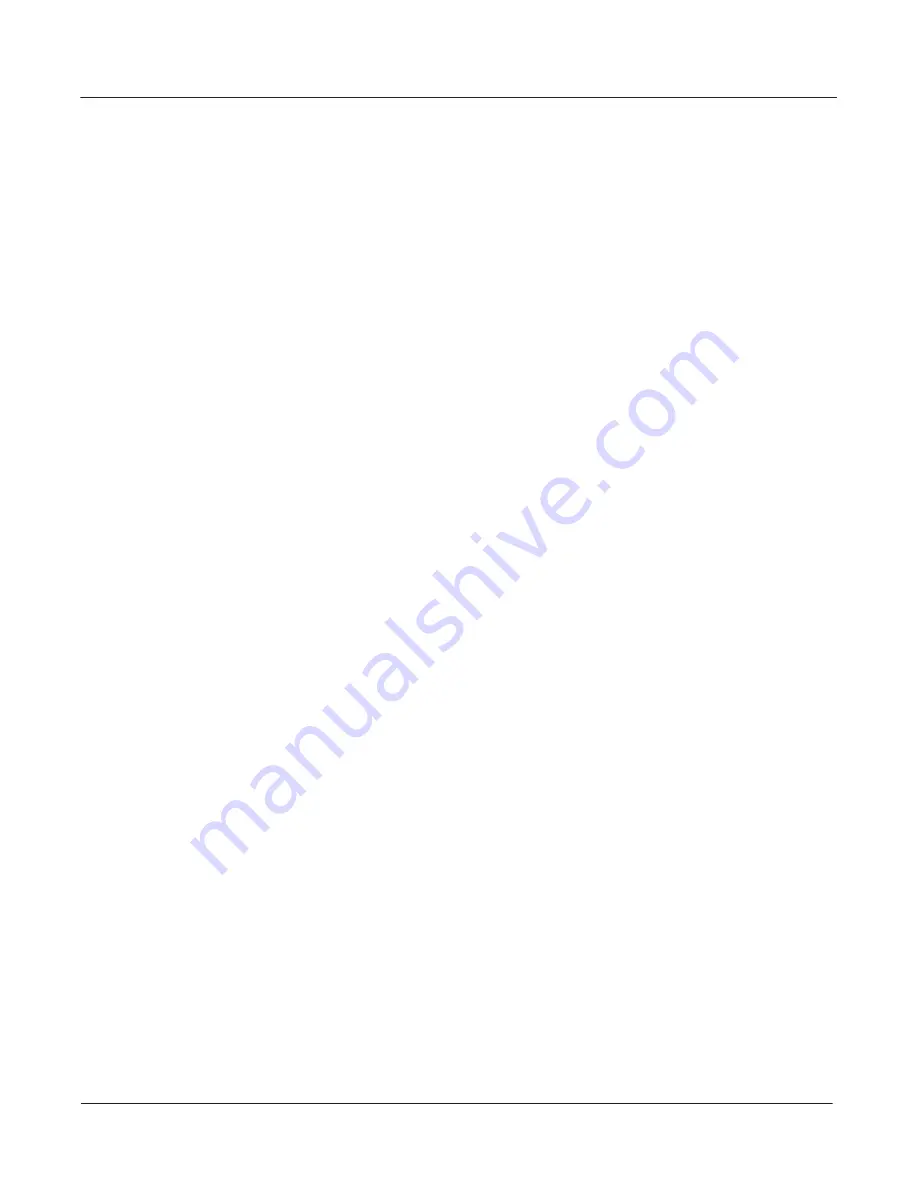
3-8
User Interface Basics
Navigation
The Edit Button
The
Edit
button activates each of the PC3A’s editors, and acts as a shortcut to many pages within
the Program Editor. Pressing the
Edit
button tells the PC3A that you want to change some aspect
of the object marked by the cursor. For example, when a program is selected and you press
Edit
,
you enter the Program Editor. If a setup is selected, you enter the Setup Editor.
There are editors accessible from just about every operating mode. To enter an editor, choose one
of the modes (mode selection), and press
Edit
. An editing page for that mode will appear. You
can then select parameters (navigation) and change their values (data entry). If the value of the
selected parameter has its own editing page, pressing the
Edit
button will take you to that page.
For example, in the Program Editor, on the PITCH page, you might see
LFO1
assigned as the
value for Pitch Control Source 1. If you select this parameter (the cursor will highlight its value—
LFO1
in this case), then press the
Edit
button, you’ll jump to the page where you can edit the
parameters of LFO1. Naturally, you can find every page in the current editor by using the soft
buttons, but often it’s easier to use the
Edit
button shortcut.
The Exit Button
Press
Exit
to leave the current editor. If you’ve changed the value of any parameter while in that
editor, the PC3A will ask you whether you want to save your changes before you can leave the
editor. See Chapter 5 for information on saving and naming. The
Exit
button also takes you to
Program mode if you’re on the entry level page of one of the other modes. If at some point you
can’t seem to get where you want to go, press
Exit
one or more times to return to Program mode,
then try again.
















































